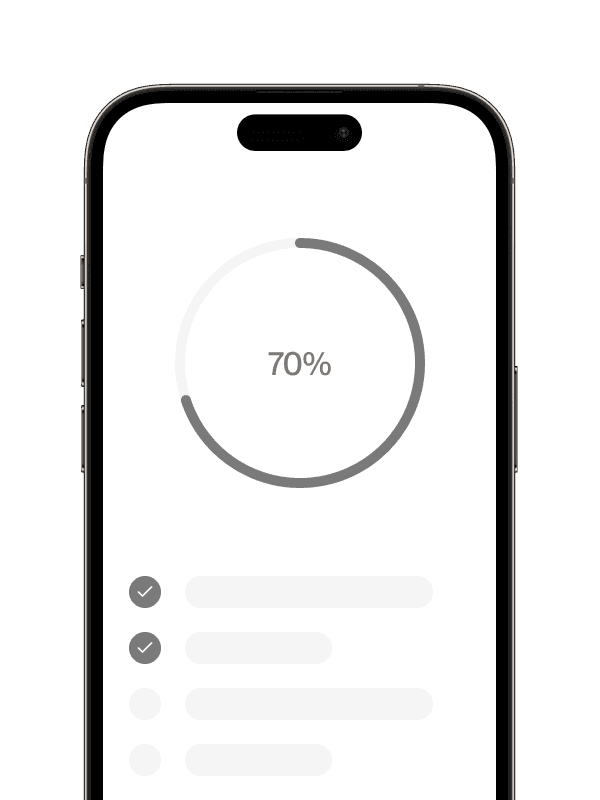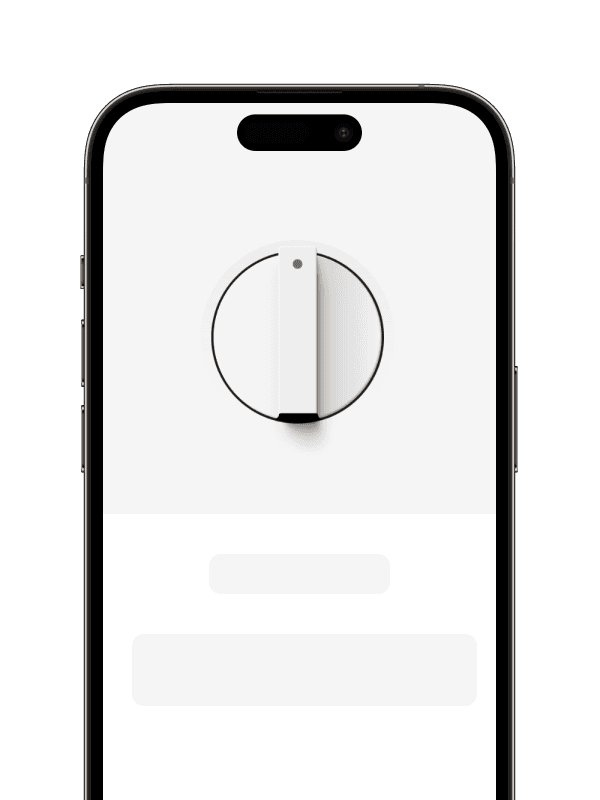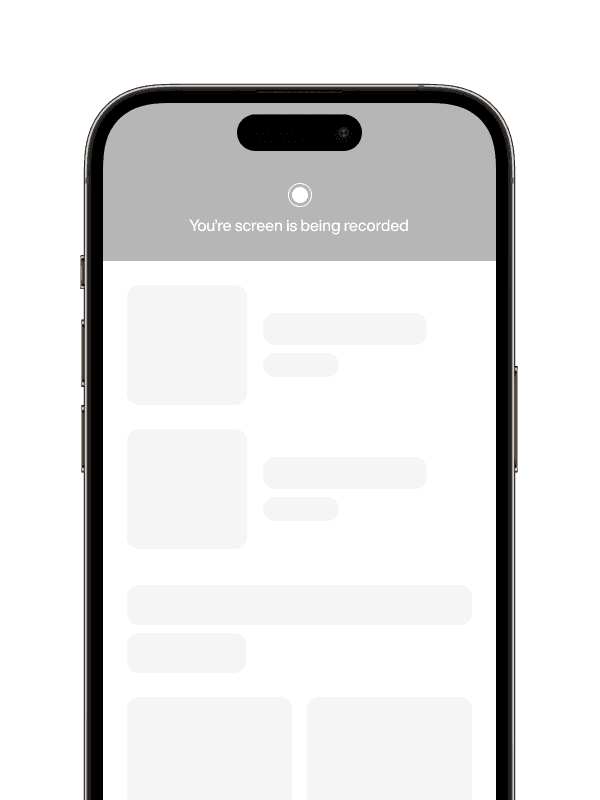UX Handbook 2
Essential Design Psychology Guide

Loved by people at






Hicks’s law
Hick's Law states that more choices increase decision time. Simplifying options in design improves decision making efficiency.

Labor Illusion
Labor illusion: People perceive higher quality when products show more effort, even if the process is automated, linking effort with value and authenticity.

Peak-End Rule
The Peak-End Rule states that people judge experiences by the most intense moment and the end, impacting overall satisfaction.

Cognitive Load
Cognitive load is the mental effort needed to process information or complete a task. Managing it is key in design to improve learning and performance.

Social proof
Social proof is when individuals follow others' actions, assuming they reflect the right choice, often used in marketing to influence behavior.

Skeuomorphism
Skeuomorphism is a design style that mimics real-world objects in digital interfaces, using textures and 3D effects to create familiarity and improve usability.

Hawthorne Effect
The Hawthorne Effect is when individuals change their behavior due to awareness of being observed, impacting productivity.

Sensory Appeal
Sensory appeal involves design elements that engage the senses to enhance emotional responses and create memorable user experiences.

Get the full version
Including +100 essential design principles each explained with
gorgeous cover arts and exclusive wireframes.
